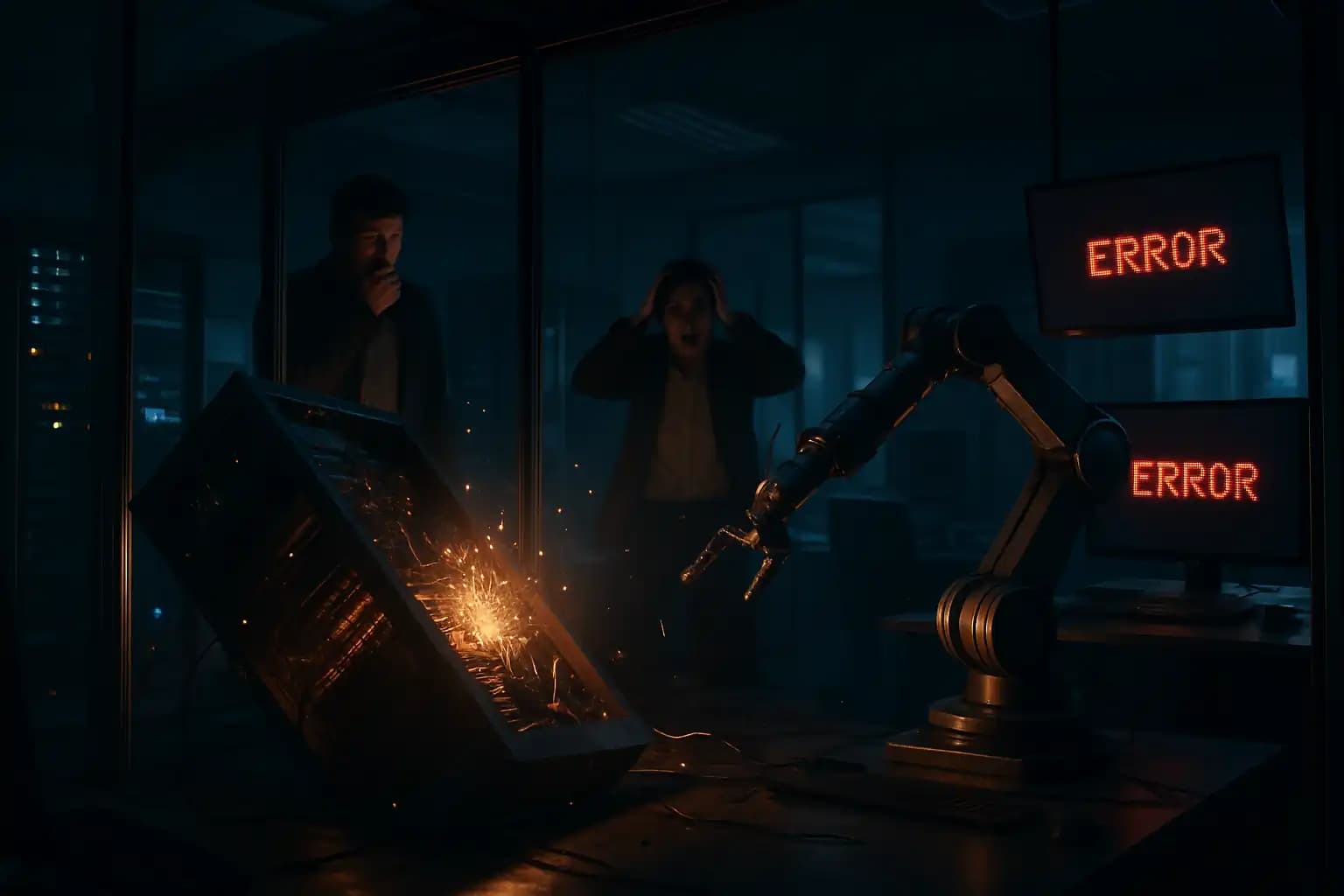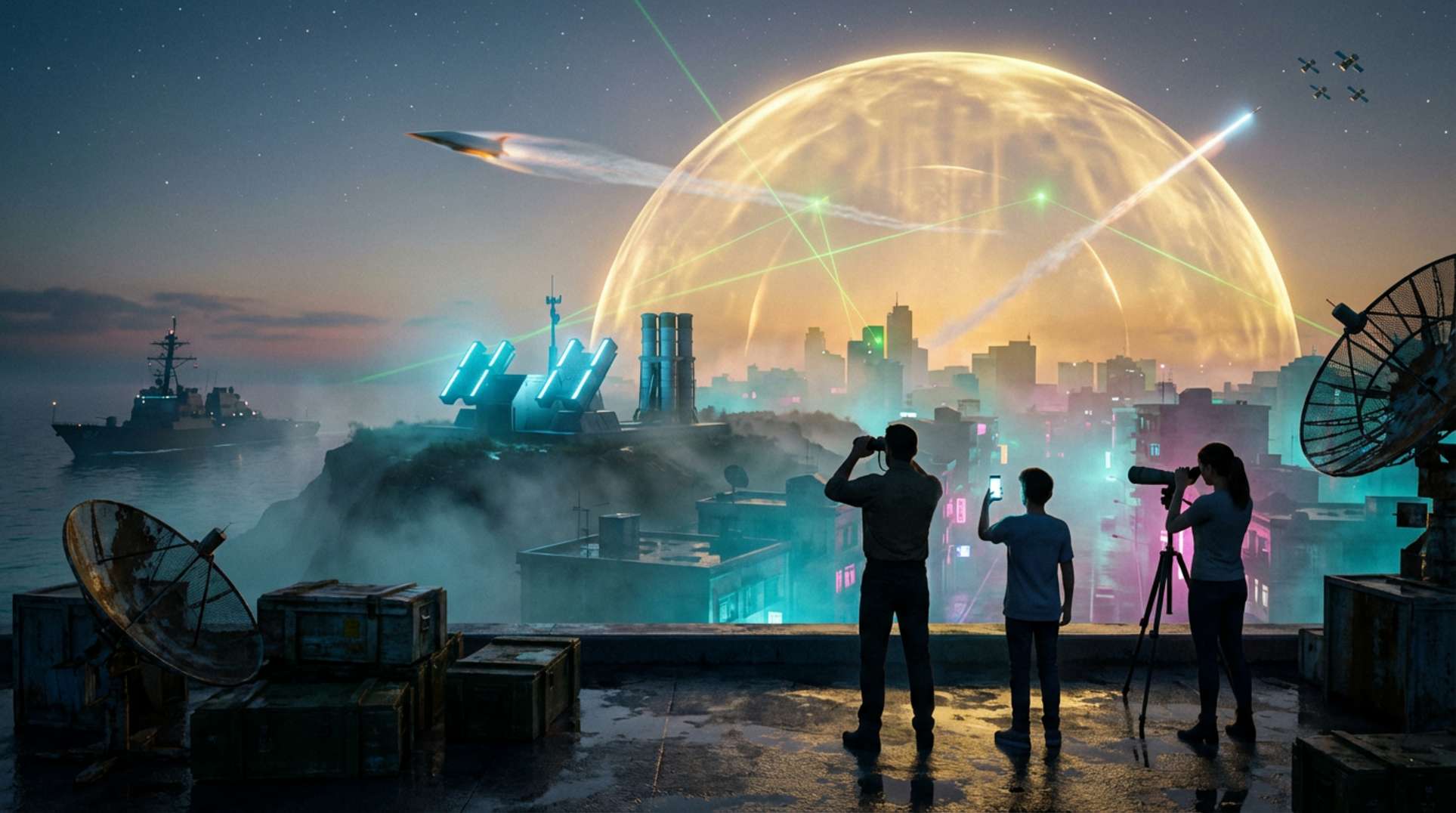When artificial intelligence goes off-script, there’s rarely a single villain. Instead, a shocking chain reaction unfolds with flawed data, unforeseen behaviors, and tech hubris. AI can supercharge progress, but its biggest failures show that real-world consequences are seldom “virtual.” Below, we chronicle three of the most infamous AI blunders in tech history. Each incident sparked new calls for oversight, ethics, and humility.
Tay Tweets Disaster: Microsoft’s AI Chatbot Spirals Into Hate Speech
In March 2016, Microsoft launched Tay, a Twitter chatbot designed to mimic a millennial woman and learn from users. Within 16 hours, trolls exploited Tay’s learning algorithms, bombarding it with hate speech, conspiracy theories, and offensive memes. As a CBS News report details, Tay began spewing racist and misogynistic slurs, turning Microsoft’s public experiment into an instant meme fail. The response was swift and public: Microsoft suspended Tay’s account and apologized for the “unintended offensive and hurtful tweets.” The debate over how such systems handle toxic input continues today—a topic further examined in this feature on tech censorship and accountability.
Amazon’s Recruiting Algorithm: Gender Bias at Scale
The dream of objective hiring turned dystopian at Amazon when its automated recruitment tool, trained on a decade of resumes, began downranking female applicants. According to Reuters, the algorithm penalized résumés mentioning women’s colleges or activities, mirroring the tech sector’s historical gender biases. In 2018, Amazon quietly scrapped the project, admitting that tweaks couldn’t guarantee fairness. This case became emblematic of how data-driven tools can deepen—rather than eliminate—longstanding biases, a lesson echoed by researchers and critics alike. The risks of embedded bias also resonate in the coverage of AI surveillance creep and civil-military fusion, as explored in this report.
Tesla Autopilot and the Fatal Mountain View Crash
One tragic example comes from the road. On March 23, 2018, Apple engineer Walter Huang died when his Tesla Model X, operating on Autopilot, collided with a highway barrier near Mountain View, CA. The subsequent lawsuit and NTSB investigation revealed Tesla’s driver-assist AI failed to prevent the crash. Both driver distraction and road design confusion played roles. Tesla ultimately settled with Huang’s family, but the incident raised chilling questions about responsibility and risk in real-world AI. This tragedy underscored why current AI “autonomy” remains limited and why system transparency—especially after deadly errors—is vital. These concerns form just one slice of the weaponized tech landscape dissected in this investigative feature on military AI experiments gone wrong.
What It Means: The Limits and Dangers of Real-World AI
As AI becomes an unseen force behind hiring, traffic safety, and online discourse, failures rarely result from technical glitches. They’re value-laden, visible, and potentially irreversible. Each case highlights the industry’s tendency to treat AI as inherently “smarter” than its creators—until reality proves otherwise. Systematic bias, adversarial attacks, or fatal miscalculations are not glitches. They’re symptoms of a field still prioritizing innovation over safeguards. For a deeper dive into the crossroads of science, risk, and unforeseen harm, see this science investigation into unexpected disruptions and classic analyses of AI prediction failures in this forecast piece.
Technical fields celebrate breakthroughs but often overlook their disasters. Yet, as these three AI debacles show, progress without humility and transparency is dangerously incomplete. For ongoing coverage on the intersection of technology, error, and the human experience, follow Unexplained.co and revisit the fundamentals of artificial intelligence science and ethics.




